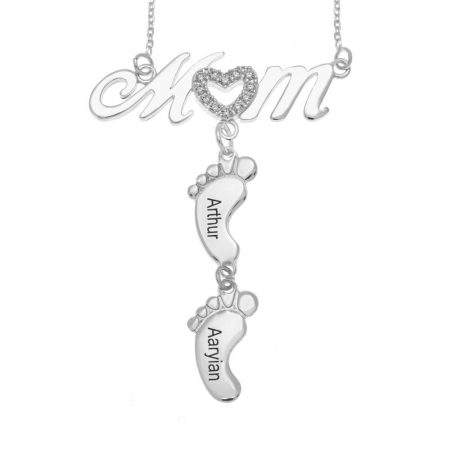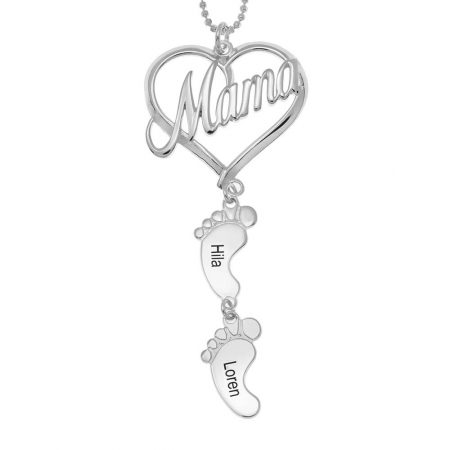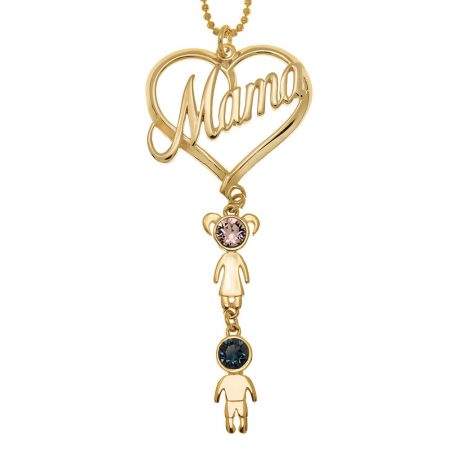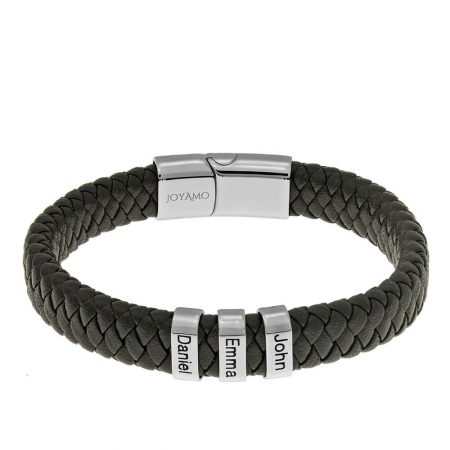In kitchens and food handling settings, food safety is a priority due to its direct impact on consumer health.
Several practices and procedures are in place to prevent illnesses and uphold the safety and quality of the food supply chain.
It is crucial for everyone involved in food preparation, including chefs, cooks, servers, and handlers to understand and follow food safety principles.
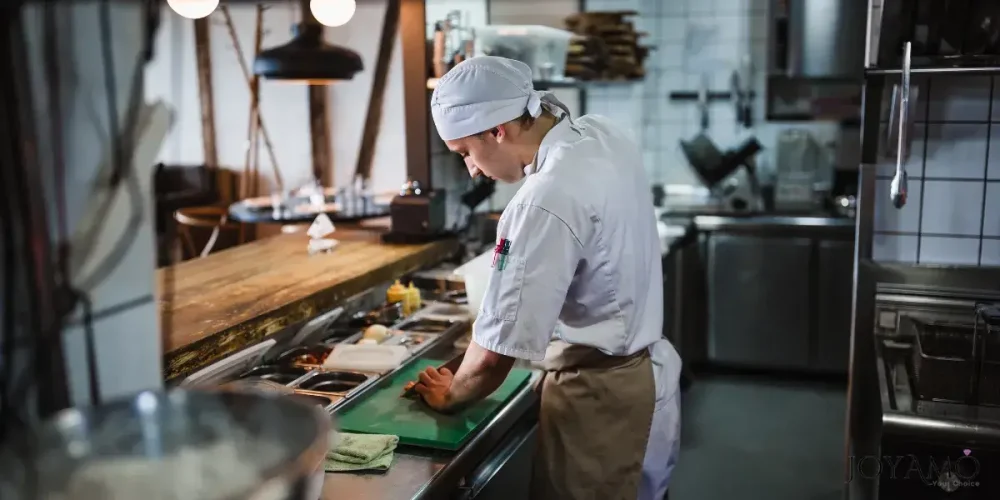
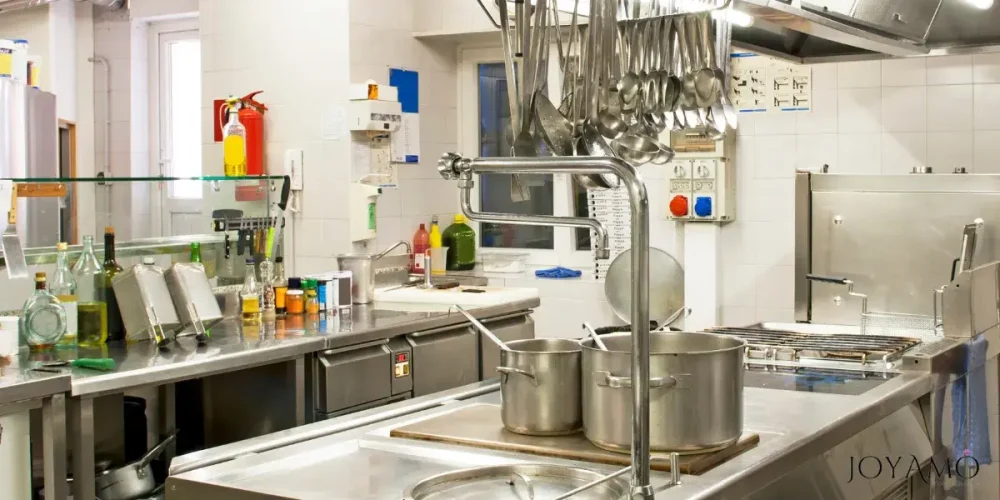
I. Food Safety Overview
The significance of maintaining food safety cannot be emphasized enough as it can lead to discomfort or life-threatening conditions when overlooked.
Contaminated food may contain bacteria, viruses, parasites, or chemicals that can result in issues like food poisoning or gastrointestinal infections upon consumption.
Beyond health consequences outbreaks of illnesses can also harm businesses within the food industry economically and reputationally.
Personal hygiene stands as an aspect of ensuring food safety by preventing the spread of contaminants, in environments where food is prepared.
This involves adopting practices and behaviors that promote cleanliness and curb pathogen transmission.
When it comes to handling food personal cleanliness involves actions, like washing hands properly wearing suitable clothing, and reducing the chances of cross-contamination.
Among these practices, handwashing stands out as crucial in maintaining hygiene while handling food.
Hands can easily pick up bacteria and other harmful microorganisms from sources like surfaces, raw foods, and bodily fluids.
Effective handwashing includes using soap and warm water to cleanse the hands focusing on areas such as fingertips, nails, and spaces between fingers.
While hand sanitizers can offer some protection they should not replace handwashing.
Apart from hand hygiene keeping clothing clean is vital for preventing the spread of contaminants in food preparation settings.
Food handlers should wear uniforms or clothes without accessories like jewelry or watches that could carry bacteria and lead to contamination risks.
It’s important to tie back hair and cover it with a hairnet or cap to prevent any strands from falling into food.
By emphasizing food safety practices and following guidelines for hygiene, in kitchens and food handling environments, individuals can reduce the chances of illnesses and help maintain the safety and quality standards of the entire food supply chain.
Maintaining food safety measures ensures the well-being of consumers and safeguards the reputation and credibility of food establishments.
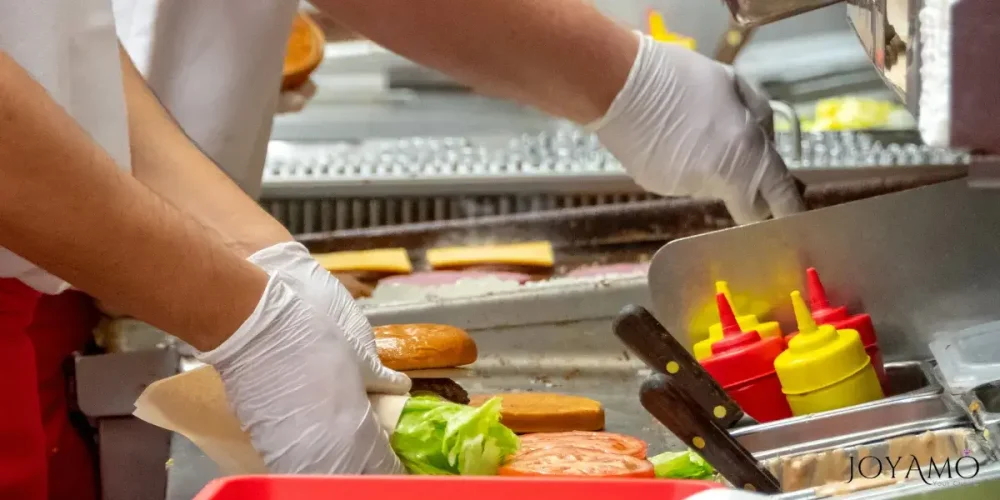

II. Jewelry Restrictions in Food Handling
In places where food is handled, there are usually rules about not wearing jewelry to prevent any risks it might pose to food safety.
These rules apply to everyone involved in preparing and serving food like chefs, cooks, servers, and other staff.
The reason for these rules is that jewelry can hold onto bacteria, viruses, and other harmful substances that could make the food unsafe.
A major concern with wearing jewelry while handling food is the chance of contamination.
Rings, bracelets, necklaces, and earrings can carry germs from the surroundings or leftover residues from meals or personal products.
These contaminants can easily transfer onto the food being prepared, potentially causing illnesses for those consuming it.
Additionally, intricate jewelry designs with spaces can be hard to clean which increases the risk of contamination.
Another issue linked to wearing jewelry when dealing with food is the risk of contamination.
Loose pieces, like dangling earrings or bracelets could accidentally fall into the food, become a choking hazard, or cause harm to customers if they ingest them.
Furthermore, metal jewelry like rings has the potential to cause scratches or harm to surfaces on food preparation equipment, which could result in cross-contamination between food items.
To address these concerns, regulatory bodies, and food safety organizations commonly require the removal of jewelry and establish rules regarding the types of jewelry permitted in environments where food is handled.
It is often required that food handlers refrain from wearing rings, bracelets, necklaces, or dangling earrings while performing their duties.
Instead, they may be permitted to wear wedding bands. Some food businesses may allow waitresses to wear simple stud earrings.
These guidelines on jewelry usage and food handlers can contribute to maintaining the safety and quality of the food they handle and serve to customers.
These precautions safeguard public health and maintain the trust and satisfaction of patrons in the food service sector.
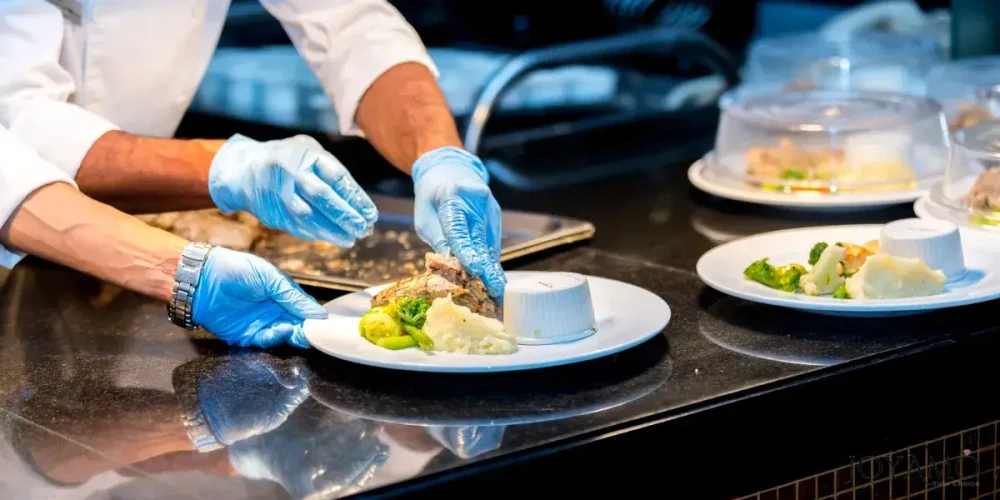
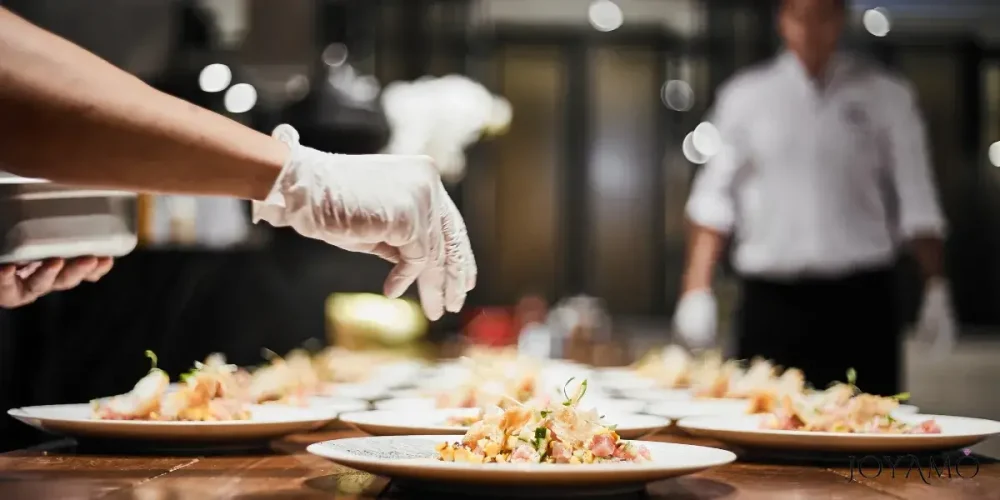
III. Approved Jewelry for Food Handlers
In places where food is handled, certain types of jewelry are typically allowed for food handlers while others are not permitted.
The approved jewelry is selected based on its risk of causing contamination and physical dangers ensuring that the food being prepared and served remains safe and untainted.
Accepted jewelry for food handlers includes wedding bands and small stud earrings. Medical alert bracelets should not be worn by food handlers.
These pieces are designed with intricacies featuring surfaces that can be easily cleaned and sanitized.
Plain wedding bands, for example, pose minimal risk of contamination compared to rings with intricate designs or settings that can trap bacteria and food particles.
Similarly, small stud earrings are less likely to come into contact with food or equipment, reducing the risk of physical contamination.
The reason behind allowing some types of jewelry while prohibiting others stems from the hazards associated with wearing jewelry in environments where food is handled.
Jewelry that is elaborate, protruding, or easily detachable poses a risk of contamination and physical harm.
For instance, dangling earrings can easily touch food by falling into dishes while bracelets may hold bacteria in their crevices and potentially scratch surfaces.
Furthermore rings that have gemstones or intricate settings can accumulate dirt and debris making them challenging to clean thoroughly.
By allowing only specific types of jewelry to be worn by those working with food, regulatory bodies, and food safety authorities aim to reduce the chances of illnesses and uphold cleanliness standards, in food preparation areas.
These guidelines are in place to safeguard the health and well-being of consumers while also ensuring professionalism and integrity within the food service sector.
It is crucial for all individuals involved in food handling to adhere to these regulations to maintain the levels of food safety and quality.
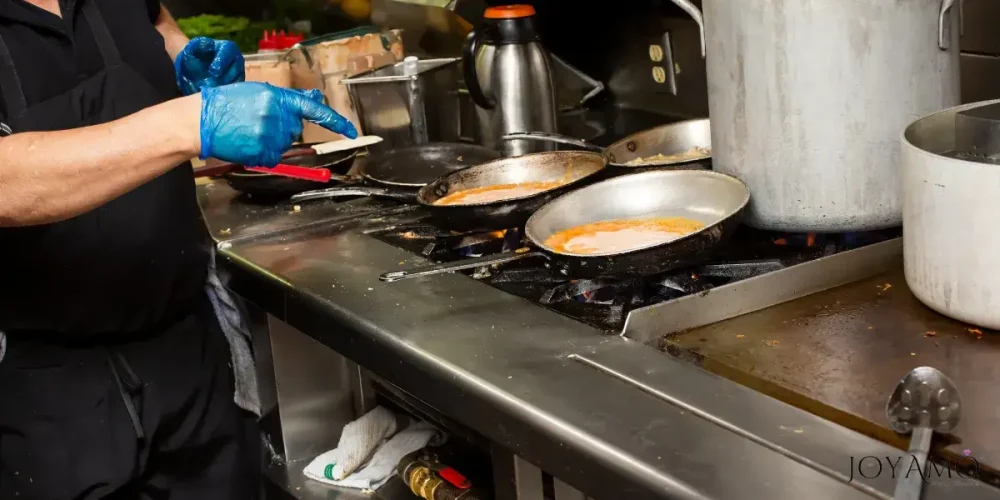
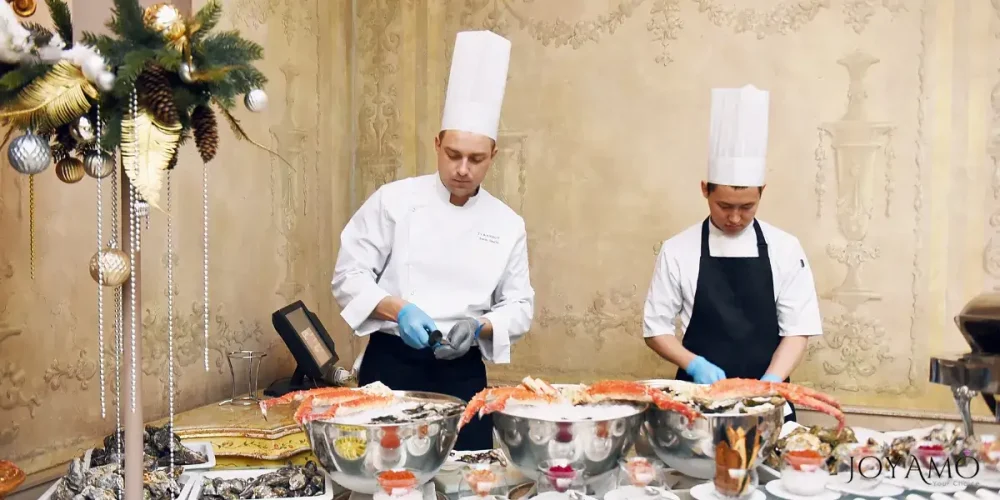
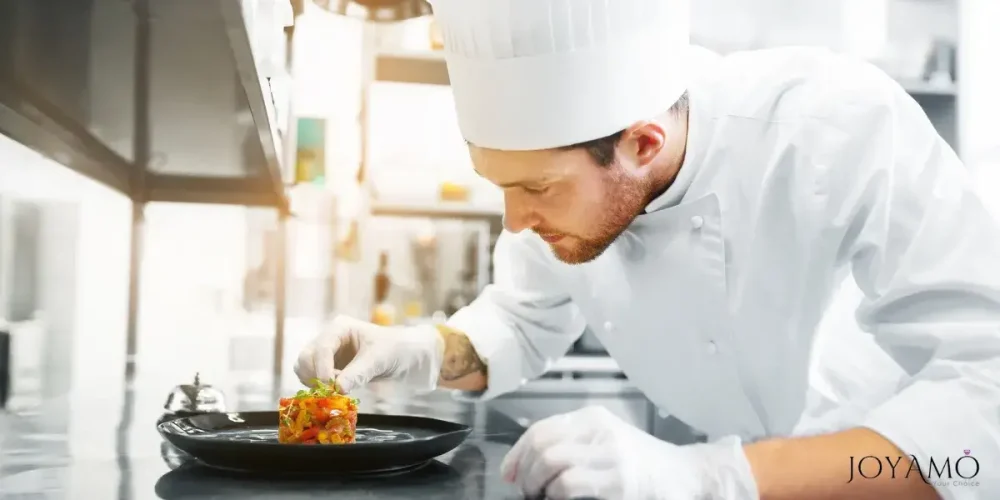
IV. The Risks of Wearing Jewelry Around Food
Wearing jewelry while cooking or handling food can introduce dangers that affect both food safety and public health.
Items, like rings, bracelets, and necklaces can become breeding grounds for bacteria, viruses, and other harmful substances.
The small spaces and intricate designs in jewelry make it challenging to clean thoroughly providing an environment for pathogens to thrive.
This means that jewelry could potentially contaminate food by transferring microorganisms during the cooking or serving process.
Jewelry may collect dirt, dust, and leftover food particles from the surroundings further increasing the risk of contamination and jeopardizing food safety.
Apart from hazards wearing jewelry in a food-related setting can also pose risks.
Loose or dangling pieces like earrings or bracelets could accidentally drop into the food posing a choking hazard or causing harm to consumers.
In general, having jewelry around while preparing food raises the chances of causing illnesses and endangering health.
Regulatory bodies and authorities in charge of food safety have rules regarding wearing jewelry to minimize these risks and maintain cleanliness standards in the food industry.
Following these rules and avoiding wearing accessories food handlers can contribute to maintaining the safety and quality of the food they make and serve to customers.
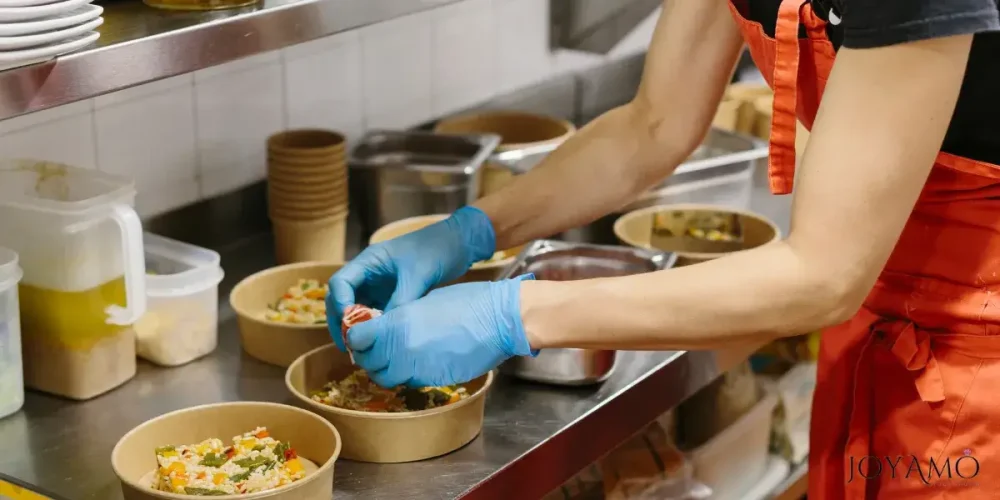

V. Addressing Specific Professions
Different professions within the food service industry have unique requirements and regulations regarding jewelry and personal appearance to maintain food safety standards.
For chefs and cooks, who are directly involved in food preparation, it’s crucial to minimize the risk of contamination by avoiding wearing jewelry altogether.
Plain wedding bands are often the only acceptable exception due to their minimal risk of harboring bacteria or falling into food.
Additionally, chefs should ensure that their attire, including sleeves and aprons, is clean and well-fitted to prevent any potential hazards.
Waitresses and other front-of-house staff typically have more flexibility in terms of jewelry, but they should still adhere to certain guidelines.
Simple stud earrings and small, discreet necklaces are often acceptable while dangling earrings and bracelets are discouraged due to the risk of physical contamination.
It’s essential for front-of-house staff to maintain a neat and professional appearance to uphold the restaurant’s image and standards of cleanliness.
Industry-specific regulations and expectations may vary depending on the establishment and local health codes.
Therefore, it’s crucial for all food service professionals to familiarize themselves with their workplace’s policies and guidelines regarding jewelry and personal appearance to ensure compliance with food safety regulations and maintain the highest standards of hygiene and professionalism.
Regulations and guidelines for wearing jewelry in the food service industry
| Regulation | Description |
|---|---|
| ServSafe Guidelines | Only plain wedding bands are acceptable for food handlers. Other types of jewelry are generally prohibited to minimize the risk of contamination. |
| Approved Jewelry for Food Handlers | Plain wedding bands are typically allowed due to their simplicity and low risk of contamination. |
| Authorized Jewelry for Food Service Operations | Plain wedding bands are the only authorized jewelry for food service operations to maintain strict hygiene standards. |
| Acceptable Attire for Prepping Food | Food handlers are permitted to wear plain wedding bands, as they pose minimal risk of contamination compared to other types of jewelry. |
| Specific Professions | Chefs and cooks should refrain from wearing jewelry, except for plain wedding bands, to prevent contamination. Front-of-house staff may have more flexibility but should adhere to guidelines for minimal risk. |
| Potential Hazards | Wearing jewelry can lead to contamination of food with bacteria, viruses, and physical debris, compromising food safety. |
| Reasons for Inappropriateness | Jewelry is deemed inappropriate in the kitchen due to its potential to harbor contaminants, pose physical hazards, and compromise food safety standards. |
| Exceptions | Medical bracelets may be permitted if they do not pose a risk of contamination and are kept clean. Regulations on nose piercings and earrings may vary based on establishment policies. |


💡 Allowed jewelry when preparing food FAQs
✔ What is the only acceptable jewelry according to Servsafe?
According to ServSafe, the only acceptable jewelry for food handlers is plain wedding bands. This restriction aims to minimize the risk of contamination by reducing the potential for bacteria and other pathogens to adhere to jewelry surfaces.
✔ What jewelry can you wear when preparing food?
When preparing food, food handlers can typically wear plain wedding bands. These bands are deemed acceptable due to their simplicity and low risk of harboring contaminants compared to other types of jewelry.
✔ What is the only authorized jewelry for food service operations?
The only authorized jewelry for food service operations, as specified by industry standards and regulations, is plain wedding bands. This limitation is enforced to uphold strict hygiene standards and minimize the risk of foodborne illnesses.
✔ What is acceptable to wear when prepping food?
When prepping food, food handlers are permitted to wear plain wedding bands. These bands are considered acceptable attire due to their minimal risk of contamination and adherence to food safety guidelines.
✔ Which piece of jewelry is a food handler allowed to wear?
Food handlers are typically allowed to wear plain wedding bands, as they pose minimal risk of contamination compared to other types of jewelry.
✔ Are food handlers allowed to wear jewelry?
While handling food, food handlers are generally permitted to wear plain wedding bands due to their simplicity and minimal risk of contamination.
✔ Which piece of jewelry is a food handler allowed to wear while handling food?
Food handlers are typically allowed to wear plain wedding bands since they pose minimal risk of contamination compared to other types of jewelry, like earrings, bracelets, and necklaces.
✔ What happens if you wear jewelry while handling food?
The hazard of wearing jewelry in food-handling environments primarily stems from the potential contamination of food with bacteria, viruses, and physical debris.
✔ What type of hazard could occur by wearing jewelry?
Food handlers are typically discouraged from wearing necklaces due to the risk of physical contamination and entanglement with equipment.
✔ Why is jewelry inappropriate in the kitchen?
Jewelry is deemed inappropriate in the kitchen because it can harbor bacteria, pose physical hazards, and compromise food safety standards.
✔ Can food handlers wear necklaces?
Food handlers are typically discouraged from wearing necklaces due to the risk of physical contamination and entanglement with equipment.
✔ Can chefs have nose piercings?
While regulations may vary, many establishments prohibit nose piercings for chefs due to the risk of physical contamination and potential discomfort for diners.
✔ Can you wear rings in hospitality?
In hospitality, wearing rings is often discouraged for food handlers due to the risk of contamination and the potential for rings to cause injury or damage to equipment.
✔ Can you wear stud earrings while preparing food?
Food handlers may be permitted to wear stud earrings while preparing food, provided they are small, simple, and do not pose a risk of physical or microbial contamination.
✔ How can you help food handlers remember food safety tasks?
To help food handlers remember food safety tasks, regular training, visual reminders, and implementing checklists can be effective strategies.
✔ Can you wear a medical bracelet while working with food?
Food handlers are not allowed to wear medical bracelets while working with food, and they should inform the management of the establishment where they work about their medical condition and requirements.
✔ Can I have a nose piercing as a waitress?
Whether a nose piercing is allowed for a waitress depends on the establishment’s policies and regulations regarding personal appearance and hygiene.
✔ Can waitresses wear earrings?
Waitresses may be permitted to wear earrings, but regulations may vary depending on the establishment’s policies and standards for personal appearance and food safety.
✔ What is ServSafe?
The US National Restaurant Association oversees ServSafe, a training and certification program for food and beverage safety. Its objective is to stop food-related infections and diseases by implementing a set of rules to enhance food preparation process safety and hygienic practices.
For their management team, the majority of restaurants require sanitation certification as a fundamental certificate. ServSafe Food Protection Manager Certifications have been granted circa 5 million times to date. Workplaces, food managers, food handlers, and those handling alcohol and allergens are all certified by ServSafe.
✔ What is the FDA?
The Department of Health and Human Services is the parent department of the United States Food and Drug Administration (FDA or US FDA), a government agency.
Food safety, tobacco products, caffeine products, dietary supplements, prescription and over-the-counter pharmaceutical drugs (medications), vaccines, biopharmaceuticals, blood transfusions, medical devices, electromagnetic radiation emitting devices (ERED), cosmetics, animal foods and feed, and veterinary products are all under the FDA’s purview in terms of safeguarding and advancing public health.
Enforcing the Federal Food, Drug, and Cosmetic Act (FD&C) is the FDA’s main priority. But the organization also carries out the enforcement of other laws, most notably the Public Health Service Act Section 361 and related regulations. A significant portion of this regulatory enforcement effort deals with issues unrelated to food or medicines, such as condoms, cell phones, and lasers. Furthermore, the FDA assumes jurisdiction over illnesses in a range of situations, from domestic animals to human sperm provided for assisted reproduction.
 SHIPPING
SHIPPING


